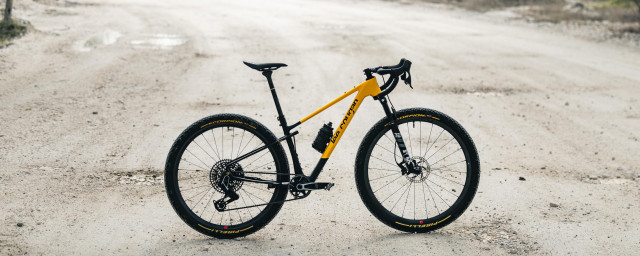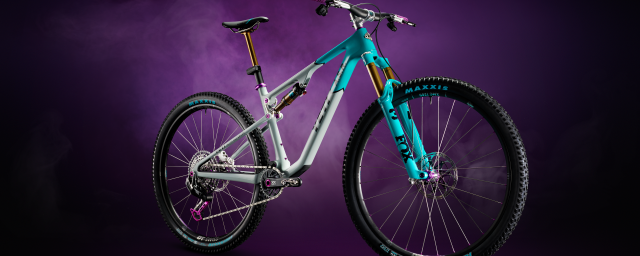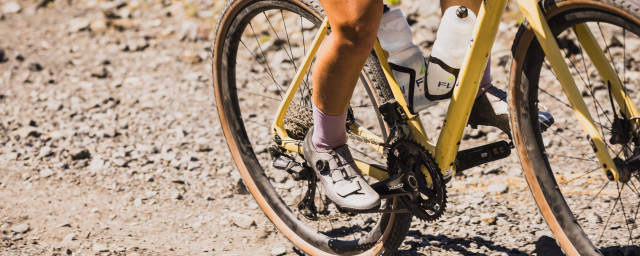The WTB Volt is one of the most popular options among the best gravel bike saddles with over 1,000,000 sold worldwide. It has recently been updated and while the shape and form have remained consistent, the construction method has changed. Is comfort affected or is this celebrated saddle still a solid choice?
- SQlab 611 Ergowave Active saddle review
- Specialized Phenom Expert with Mimic saddle review
- Buyer’s guide to mountain bike saddles - get the best saddle for your MTB
WTB Volt Fusion Form Titanium Saddle – Technical details
Key to the updated version is the construction that WTB calls Fusion Form. The original version has a commonly used method with a standard nylon base and padding placed on top, stapled together using a microfibre cover. Most manufacturers on the market use this method of production to build saddles.
Fusion Form technology removes the staple method and the microfiber cover is vacuum formed, and sealed directly onto the nylon base. This gives a cleaner, smoother look and allows the nylon base to be tweaked, using less fibre increasing the amount of flex and comfort.
The Fusion Form saddles from WTB also feature an integrated mounting area on the underside of the base, allowing tools, or other accessories to be stored. The sizing chart matches other brands and there are plenty of accessories available.
Multiple widths and rail materials are available to suit different riders and budgets. We have the titanium rail version, in medium (142mm) width. Narrow (135mm) and Wide (150mm) options are also available, with Chromoly, Stainless, Titanium and Carbon rails. Chromoly versions will retail at £75, Stainless at £100, Titanium at £125 and finally the lightest Carbon rail versions at £200.
The saddle weights vary from 165g for the carbon model and 320g for the Stainless wide model. The titanium, medium version (pictured here) weighs 230g, just over the claimed 225g.
All WTB saddles feature what WTB calls the “Love Channel" – a dipped section that runs along the length of the saddle for soft-tissue relief and reduced numbness.
WTB Volt Fusion Form Titanium Saddle – Performance
The saddle rails are long and give plenty of room for adjustments. The markings share the same problem as the WTB Gravelier with markings and small arrows that create confusion over where to clamp the saddle. The actual point where clamping is possible is almost the full area of the exposed metal rail.
The saddle shape is distinct with a raised rear point, a scooped middle section, and a wide and well-padded front section.
The shape gives multiple seating options with the main position when pedalling within the central section. The scoop means you naturally move into this area, which helps you find the best position over the pedals and distance from the bars. The amount of movement possible on the saddle also makes personal geometry preferences possible.
When the gradient changes, moving forward onto the front was comfortable with the padded nose allowing me to keep more weight over the front wheel which is useful for steep and technical sections. It was comfortable in the seated position on longer rides.
I don’t think the rail material will give a significant difference in the ride quality and the weight reduction (around 90g lighter than the Stainless rail version) is perhaps the biggest factor on why riders will purchase this saddle..
The Fusion Form construction has proven to be durable which is more important for off-road riding. While the material does not change at the rear or edges, the microfibre cover feels thick and should resist typical wear and tear.
WTB Volt Fusion Form Titanium Saddle – Verdict
The Volt Titanium is not a particularly cheap option. At £125, the pricing is comparable to the titanium-railed Specialized Expert range including the Phenom, Romin, and Power priced at £115. There are cheaper options such as the DMR Stage 2 which is almost half the price.
The Fusion Form technology and the extra mounting options might be useful for some riders. Above all, it provides comfort that will suit almost all riders, with width options for all body sizes and rail material to suit different budgets.
You might also like:
- Women's bike vs unisex bike - understanding the differences
- 5 ways to boost your bike's performance for free
- The world's toughest mountain bike and gravel events; from the hard to the ridiculous














Add comment